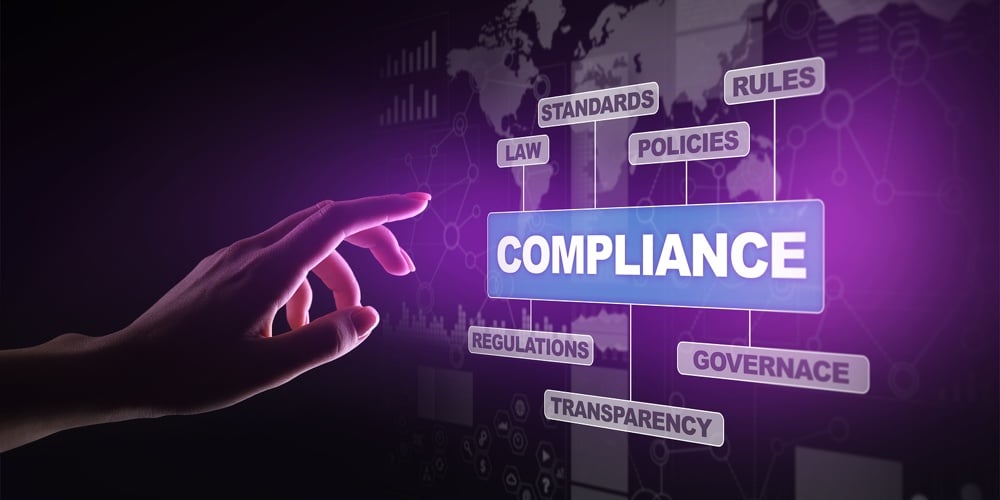Warnings about climate change continue to make noise across sectors, including global financial services. That’s because analysts predict a range of both macro and microeconomic impacts will come from long-term shifts in temperature and weather patterns. Businesses, consumers and regulators are paying attention to these changes, adding environmental, reputational and compliance risks to financial institution’s overall threat profile.
The credit union industry has not been excluded from the discussion. In fact, the NCUA, FinCEN and other regulators have taken proactive steps to ensure financial cooperatives continue to take part in the conversation. Each has made at least preliminary comments on the need for credit unions to consider and plan for climate-related financial and compliance risks. Others, like HUD, are establishing their own plans for climate adaptation and resilience.
Heading into strategic planning for 2023 and beyond, credit unions should think through five specific areas:
- Internal operations. Credit unions should evaluate business continuity plans and disaster preparedness as the severity of natural disasters continues. An awareness of and roadmap for goals, like maintaining an acceptable environmental footprint, should be incorporated into strategic plans.
- Safety and soundness. Climate change is likely to expose a range of new risks to collateral, such as homes.
- Member impact. Low-income areas are often hardest hit by natural disasters, especially on the housing front. Community needs for financial health and wellness may shift as temperature and weather patterns evolve.
- Fraud prevention. Regulators aren’t the only ones thinking through the best ways to plan for a potential economic crisis; fraudsters and financial criminals are, too. FinCEN says global environmental crimes are now the third largest illicit activity in the world.
- New products and services. Solar lending and other credit products related to renewable energy sources continue to grow in both the commercial and consumer sectors. This creates a critical area for exploration as credit unions evolve their member support and revenue initiatives.
As your credit union takes its first steps into strategic planning for climate change, here are some guiding questions to ask of board volunteers, executive leaders and your boots-on-the ground employees. A diverse and inclusive team will be the most effective at brainstorming potential trouble and possible solutions.
- Are our compliance and risk teams accounted for climate change in the credit union’s business continuity and disaster planning?
- What are the possible impacts to the collateral currently securing credit union loans?
- How are we measuring, monitoring and mitigating financial risks directly related to the safety and soundness of the credit union?
- Has our BSA officer been trained on identifying environmental financial crimes on the rise?
- What are some additional products and services that could support local businesses and community members as climate change impacts local communities?
Of course, those are merely conversation starters. Every credit union will be affected differently by environmental and financial pressures to evolve for a changing planet. Raising the issue to learn more is an important first step.
These types of changes and recommendations have the possibility to move from a best practice to a regulated one. Getting a head start now will put your credit union in the best possible position to both satisfy examiners and assist impacted members.







